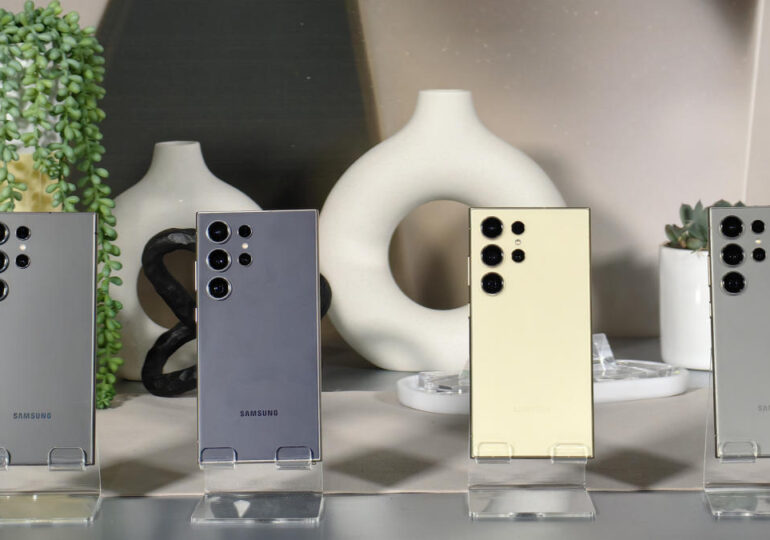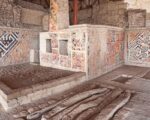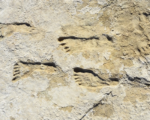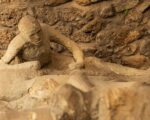CT Scans Reveal Mysteries of Ancient Egyptian Mummies at Field Museum

Scientists at Chicago’s Field Museum of Natural History recently used advanced CT scanning to study 26 Egyptian mummies without disturbing a single linen wrap. In a four-day procedure, museum staff transported the mummies on specially designed carts to a mobile CT scanner, capturing thousands of X-rays to produce detailed 3D images of each skeleton and artifact.
The scans are uncovering insights into Egyptian mortuary practices from over 3,000 years ago, such as the steps embalmers took to prepare bodies for the afterlife. Egyptians saw the body as essential for the soul’s journey, drying the corpse with salt and wrapping it in protective linen. Some embalmers even packed removed organs back into the body with wax statues representing the gods that safeguarded these organs.
The mummies offer individual glimpses into history. Lady Chenet-aa, a high-status woman from the 22nd Dynasty, received an elaborate burial, with prosthetic eyes placed in her sockets and her trachea filled to keep her neck intact. Her coffin, or cartonnage, was softened and molded around her upright-standing body before being laced shut. Harwa, another mummy, was likely a doorkeeper for a granary. Though his high status exempted him from hard labor, wear on his teeth suggests a life of sand-laden food in the desert.
One coffin, originally crafted for a priest, revealed a teenage boy inside, reflecting the reuse of coffins for those who could not afford personalized burial options.
These scans underscore a new respect in handling ancient remains. Museums now avoid unwrapping mummies, preserving them for further study and honoring their history. Conversations with Egyptian representatives about returning the mummies resulted in a request to keep them on display in Chicago, where visitors learn their stories. By sharing these narratives, the Field Museum aims to treat mummified remains not as art but as a dignified part of humanity’s history.





















